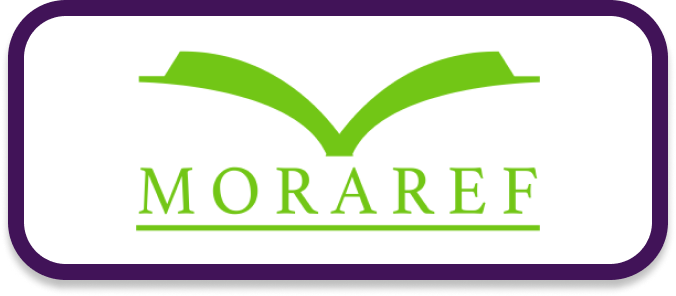Gender analysis in empowering women-headed family in Mojosongo Village, Surakarta
Abstract
This paper discusses the achievement for the level of equality in the women-headed family empowerment program in Kelurahan Mojosongo, Surakarta City. A woman is one of the population groups that are sustainable to poverty. Women experiencing poverty are women who become the head of the family. In Surakarta City, there are 11.502 women-headed families with a low welfare level. To resolve this problem, the Office of Women's Empowerment, Child Protection, and Community Empowerment (PPPAPM) of Surakarta made an innovation program by forming the Pekka (Women-Headed Family Empowerment) Forum in five poverty-stricken villages, one of which is Mojosongo. Kelurahan Mojosongo is a village that has the highest number of women-headed families, namely 727 people from five poverty-stricken villages. This study used gender analysis of the Longwe model to see the level of equality on women-headed family empowerment in Mojosongo, Surakarta City. The method used in this study was qualitative descriptive, and the data collection was obtained by observations, interviews, and documentation. The results of the study show that the level of equality in the women-headed family in Mojosongo only reached the second stage, namely access. Meanwhile, in the stages of awareness, participation and control have not been achieved. There are two implications of this study, namely practical and theoretical implications. For practical implications, the Surakarta City Government can use it as recommendations for empowerment programs, especially the women-headed family empowerment. The theoretical implications are expected to add to the research literature on gender analysis of the Longwe model in women's empowerment.
Keywords
Full Text:
PDFReferences
Aziz, G.A., Eny R., Warsilan. 2016. Faktor-Faktor yang Mempengaruhi Kemiskinan di Kabupaten Kutai Kartanegara. Jurnal Ekonomi Keuangan, dan Manajemen 12(1): 29-48
Badan Pusat Statistik. 2019. Profil Perempuan Indonesia 2019. Desember. Kementerian Pemberdayaan Perempuan dan Perlindungan Anak. Jakarta
Badan Pusat Statistik. 2020. Profil Kemiskinan di Indonesia September 2019. Januari. BPS RI. Jakarta
Dinas Penduduk dan Pencatatan Sipil Kota Surakarta. 2017. Jumlah Kepala Keluarga per Kecamatan Surakarta Semester 1 tahun 2017. Surakarta
Ernawati. 2013. Menyibak Perempuan Kepala Keluarga. Jurnal Muwazah 5(2):154-162
Fujiani, E. Dede, Y. Darusman, L. Oktiwanti. 2019. Pemberdayaan Perempuan Kepala Keluarga (PEKKA) Melalui Pelatihan Berwirausaha (Studi Pada Kelompok Zahra Prima di Kelurahan Sukamanah Kecamatan Cipedes Kota Tasikmalaya). Indonesian Journal Of Adult and Community Education 1(1): 20-25
Hardani, et al. 2020. Metode Penelitian Kualitatif dan Kuantitatif. Yogyakarta: Pustaka Ilmu
Genjot Penurunan Kemiskinan, Jateng Bidik Pemberdayaan Perempuan Kepala Keluarga. 2019. https://jatengprov.go.id/publik/genjot-penurunan-kemiskinan-jateng-bidik-pemberdayaan-perempuan-kepala-keluarga/
March, C., I. Smyth, dan M. Mukhopadhyay. 1999. A Guide to Gender Analysis Frameworks. Oxford: Oxfam GB
Putri, O.N, Rudi S.D & Gigin G.K.B. 2015. Pemberdayaan Perempuan Kepala Keluarga. Prosiding KS: Riset & PKM Unpad 2(2): 147-300
Susanti, Elly. 2013. Tingkat Keberdayaan Perempuan Kepala Keluarga (Kasus Pada Program PEKKA di Desa Dayah Tanoh Kecamatan Mutiara Timur Kabupaten Pidie Provinsi Aceh)
DOI: http://dx.doi.org/10.22373/equality.v7i2.10237
Refbacks
- There are currently no refbacks.
Copyright (c) 2021 Irma Maulidatul Husna

This work is licensed under a Creative Commons Attribution-ShareAlike 4.0 International License.

























